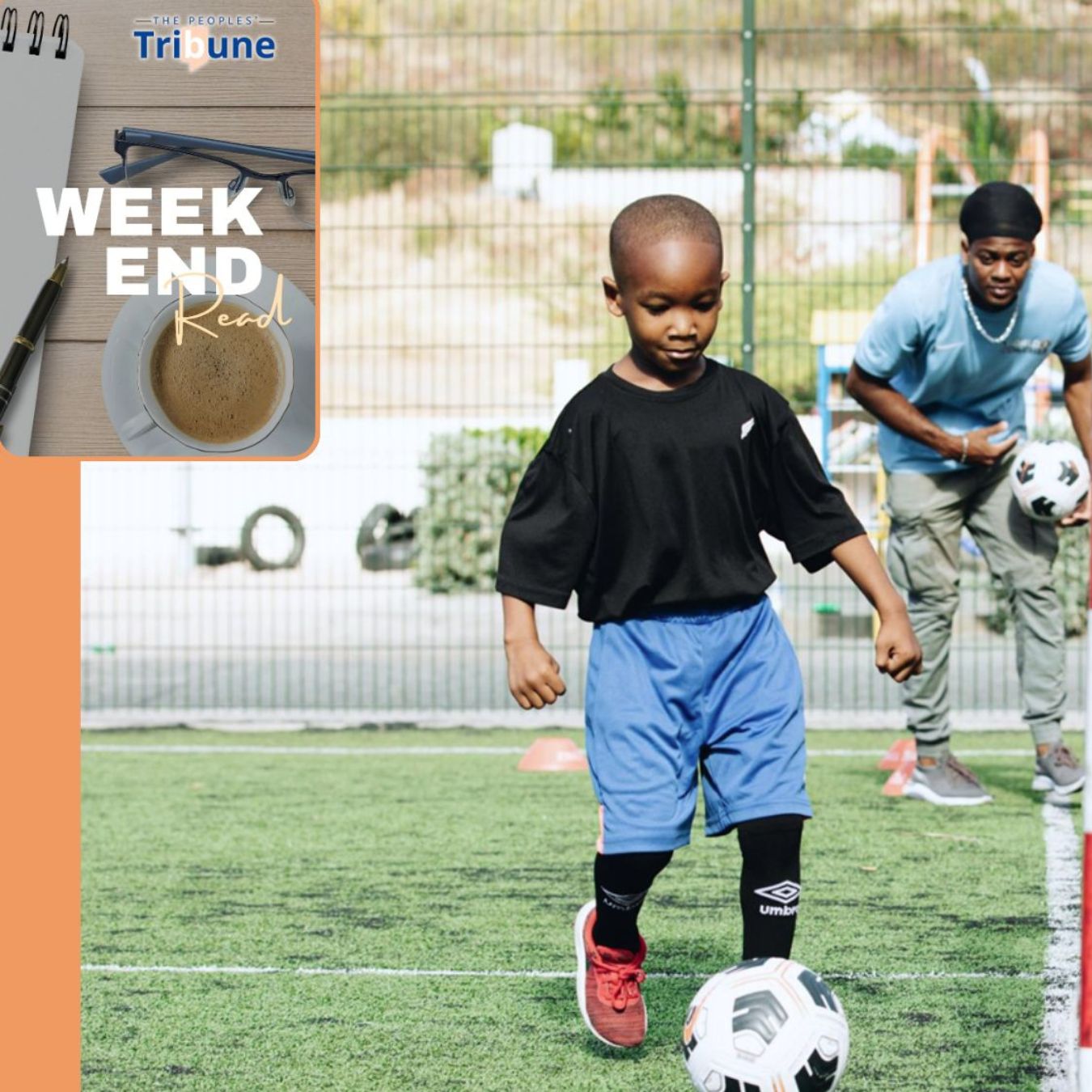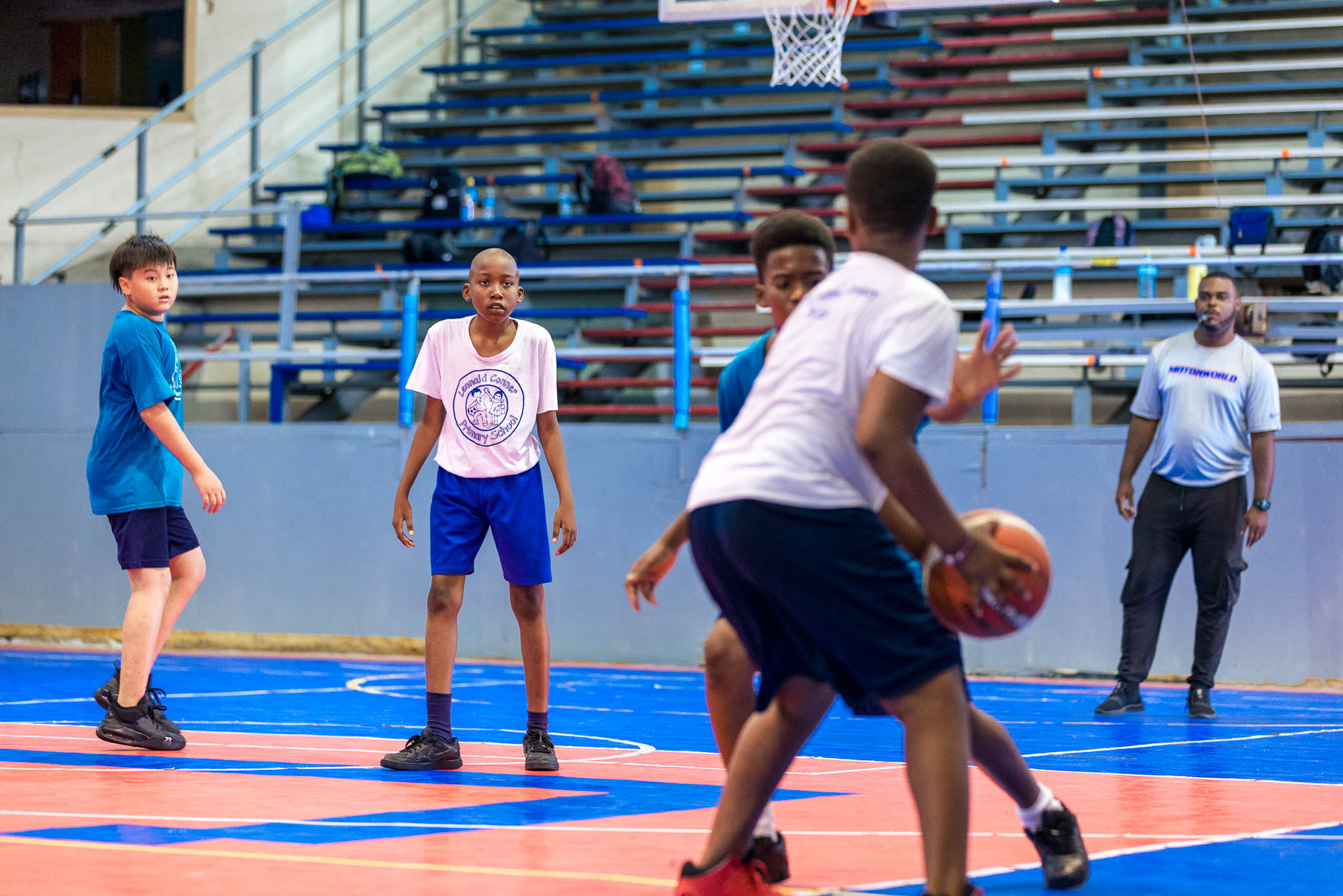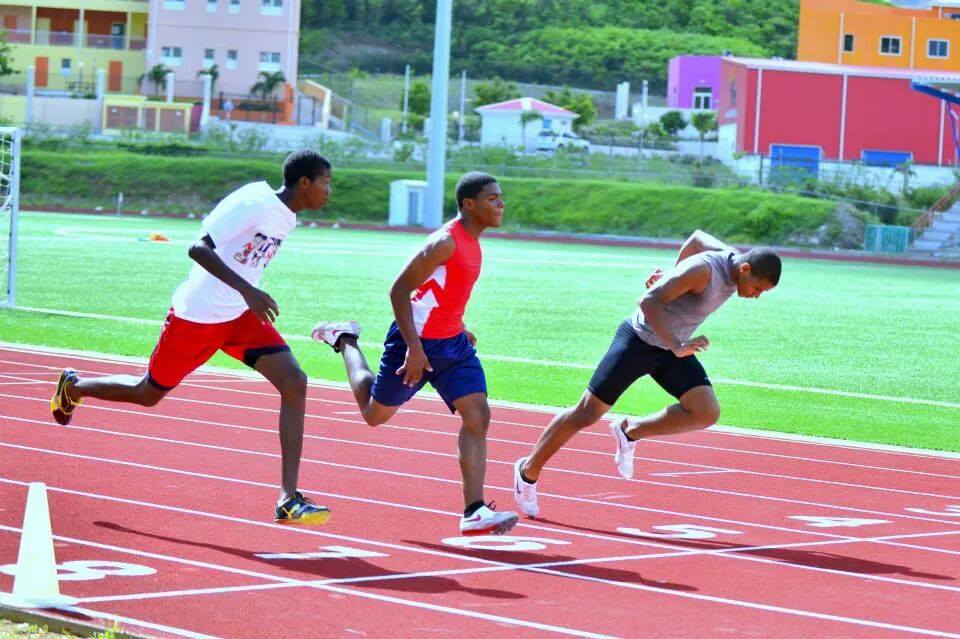Ministry of ECYS sets new standards with National Sport Child Safeguarding Policy

GREAT BAY--The Government of St. Maarten has officially published the “National Sport Child Safeguarding Policy Guideline” in the National Gazette, establishing minimum standards for every organization that serves children in sport and setting a five year roadmap for implementation. The guideline applies to government and semi public providers, national federations, clubs, academies, facilities, event organizers, and partner NGOs. It complements the National Protocol on Child Abuse for schools and after school programs, aligns local practice with recognized international standards, and translates legal obligations into clear steps that organizations can adopt and enforce.

Minister of Education, Culture, Youth and Sport Melissa Gumbs opens the document with a simple premise, “Every child has the right to a safe and supportive environment to play, grow, and thrive.” She frames safeguarding as a shared promise, not a paper exercise, and calls on national governing bodies, local sport partnerships, and community organizations to carry the work forward together. The guideline, prepared by the Department of Sport, equips organizations to build in-house policies that meet legal duties, follow recognized practice, and set out steps that coaches, parents, and volunteers can use in real settings.
Development of the guideline followed a sector scan by the Department of Sport. National governing bodies were surveyed, youth focus groups were held, and existing club policies were reviewed. The scan found fragmented documents, uneven background checks, informal travel procedures, and inconsistent recording of incidents. Young people asked for respectful communication, visible enforcement, and clear information on how to raise concerns. These findings shaped the structure of the policy and the first year plan for roll out.
Every organization is required to adopt a code of conduct that covers administrators, coaches, support staff, officials, athletes, parents, and spectators. The code must describe acceptable and prohibited behavior, state non violent sanctions for violations, and set expectations for positive coaching that supports participation across ages and abilities. New staff and volunteers must be inducted, must acknowledge the policy and the code in writing, and must understand their reporting duties. Culture is addressed directly, the guideline rejects a win at all costs approach and places child welfare ahead of short term results.
Recruitment and suitability are treated as safeguards at the door. Any person who works with children, paid or volunteer, must meet screening requirements that include proof of good conduct or a police check where available, a signed self declaration, and reference checks that speak to behavior and reliability. Organizations keep confidential suitability files, refresh checks at defined intervals, and remove individuals who do not meet requirements. These steps align with the broader legal duty of care and reduce the risk that unsuitable adults are placed in positions of trust.
Each federation and each club must appoint a trained safeguarding officer who serves as the first point of contact for children, parents, coaches, and officials. The officer’s mandate and decision limits must be written, gender balance must be considered where girls are active, and contact details must be visible at facilities, on websites, and in regular team communications. The officer is responsible for promoting awareness, receiving reports, guiding next steps, and linking with the competent authorities when a case meets the threshold for referral.

Training is a baseline obligation. All coaches and trainers must complete safeguarding awareness that covers prevention, recognition of signs, ways to respond, and documentation. Designated personnel must complete mental health first aid. A central registration portal records completion of training and the status of required checks, while respecting data protection rules. Coaches must be briefed on any relevant medical conditions or special needs, with informed consent to share essential information among those who supervise the child.
The guideline addresses inclusion and bullying. Organizations are instructed to foster an environment where concerns can be raised without retaliation, where discrimination on the basis of race, gender, age, religion, disability, sexual orientation, social background, or culture is not tolerated, and where complaints are recorded and handled through the same reporting framework that applies to other forms of harm. The aim is consistent practice, not a separate track.
Injury prevention and facility safety are set out in operational terms. Activities must match age and ability, equipment must be inspected and maintained, protective gear must be used where relevant, and injuries must be recorded with timely notice to parents or caregivers. Each venue and event must have a stocked first aid kit and a certified basic life support responder on site, with access to potable water. Facility managers must complete a written annual risk assessment that identifies hazards, mitigation steps, and responsible persons. Insurance coverage must reflect the activities and participant profiles.
Travel with minors requires a written safeguarding plan for each trip. Parents or guardians must give written permission and acknowledge liability limits, staff who travel must meet the same suitability standards as staff at home, and rooming rules must protect children. Coaches and support staff do not share rooms with child athletes. Children under 13 stay with a parent or, with written permission, with another athlete and a screened guardian. Where girls travel, a female parental adult must be present. Medical and emergency information must be collected in advance, itineraries and contacts must be shared, travel documents must be checked, a group travel insurance policy must be in force, and a contingency plan must be in place to manage delays, diversions, and stranded minors.
Reporting and case handling follow the national Child Safety Code. The process begins with recognition of signs and careful recording of facts. A coach or staff member consults the safeguarding officer or may seek advice without naming the child until required. Parents or caregivers, and where appropriate the child, are engaged in clear language. A risk assessment guides immediate steps to secure safety. When a case involves serious or immediate danger, a report is made without delay to the competent authority. Privacy is protected, documents are stored securely, and the reporter receives confirmation and information on next steps within a stated timeline. Organizations must define a range of sanctions that are proportionate and fair, from corrective training to suspension or termination of duties, and must refer matters to law enforcement when a criminal threshold is met. Due process applies, time frames are fixed, and appeal routes are available.
The legal foundation for these duties is explicit. The Constitution sets commitments to protection, equality, and the promotion of youth welfare. The Civil Code includes provisions that require reporting codes for designated professions and define parental and organizational duties of care. The Penal Code criminalizes physical, sexual, and psychological abuse. The guideline aligns local practice with international standards in sport, so that clubs, federations, schools, social services, and the justice chain work from shared definitions and steps.

Implementation is staged over five years. The first year focuses on minimum viable compliance. Organizations appoint and train safeguarding officers, adopt the policy and the code, collect signed acknowledgments, publish contacts and timelines for responses, begin baseline training for coaches, enroll designated staff in mental health first aid, complete facility risk assessments, confirm first aid and water access, update insurance, and use standardized travel forms for any trip with minors. Years two and three move to consolidation, with expanded training for administrators and volunteers, tabletop exercises on reporting and crisis response, periodic audits of recruitment files, scheduled refresh of background checks, and an annual review that includes feedback from children and parents. Years four and five address maturity, with external reviews of practice, integration of lessons into coach education and facility planning, and alignment of club constitutions and federation bylaws with safeguarding clauses on eligibility and suspension.
Roles and responsibilities are clear. The Department of Sport sets standards, provides templates and training, maintains the registration portal, supports monitoring, and convenes sector reviews. Federations embed requirements into membership criteria, appoint federation level officers, and assist clubs with training and case handling. Clubs and academies implement codes and procedures, keep records, ensure facility and travel compliance, and communicate with parents and federations. Coaches and support staff complete training, follow rooming and transport rules, document incidents, and communicate promptly with safeguarding officers and parents. Parents and caregivers provide accurate medical and emergency information, sign permissions, use reporting channels, and take part in awareness sessions. Children and youth are informed of their rights, know who the safeguarding officer is, and know how to raise a concern.
Monitoring and evaluation focus on evidence, not slogans. Each organization keeps a safeguarding file that includes policies, training logs, officer appointments, recruitment checks, facility assessments, travel plans, and case records. Annual self assessments are encouraged, federations conduct spot checks, and the Department of Sport will issue guidance on simple indicators such as the share of coaches trained, average time to first contact after a report, and time to decision on sanctions. These indicators help clubs measure progress and help federations identify where support is needed.
Communication is part of compliance. Safeguarding officer contacts must be visible at entry points and changing areas, online and on team pages, and in parent communications. Reporting timelines are stated in plain language. Parents receive the code of conduct, the travel policy, and the reporting steps at registration. Young people are informed in formats that suit different ages. Visibility reduces confusion and supports early reporting.
The guideline sets out what changes on day one and what success looks like after one season. On day one, coaches start baseline training, designated staff enroll in mental health first aid, clubs appoint safeguarding officers and publish contacts, codes of conduct are issued and signed, first aid and water access are verified, facility risks are assessed, and travel forms are used for any trip with minors. After one season, organizations should be able to point to clear contacts, faster and more consistent responses to concerns, better documented travel and facility risks, and fewer informal practices that leave gaps. Children and parents should say they know how to raise a concern, coaches and managers should be able to describe the reporting steps, and federations should be able to verify compliance among member clubs.
In closing the Minister said: “The guidelines presented here are not just recommendations but a call to action for every organization, coach, volunteer, and parent,” underscoring that safe and supportive environments for young athletes are a shared responsibility. She confirms the ministry’s commitment to provide resources and to monitor implementation over the next five years, and she thanks the Department of Sport team and the sport sector for their contributions. “Together, let us build a future where our children are protected and supported within the world of sports.”

